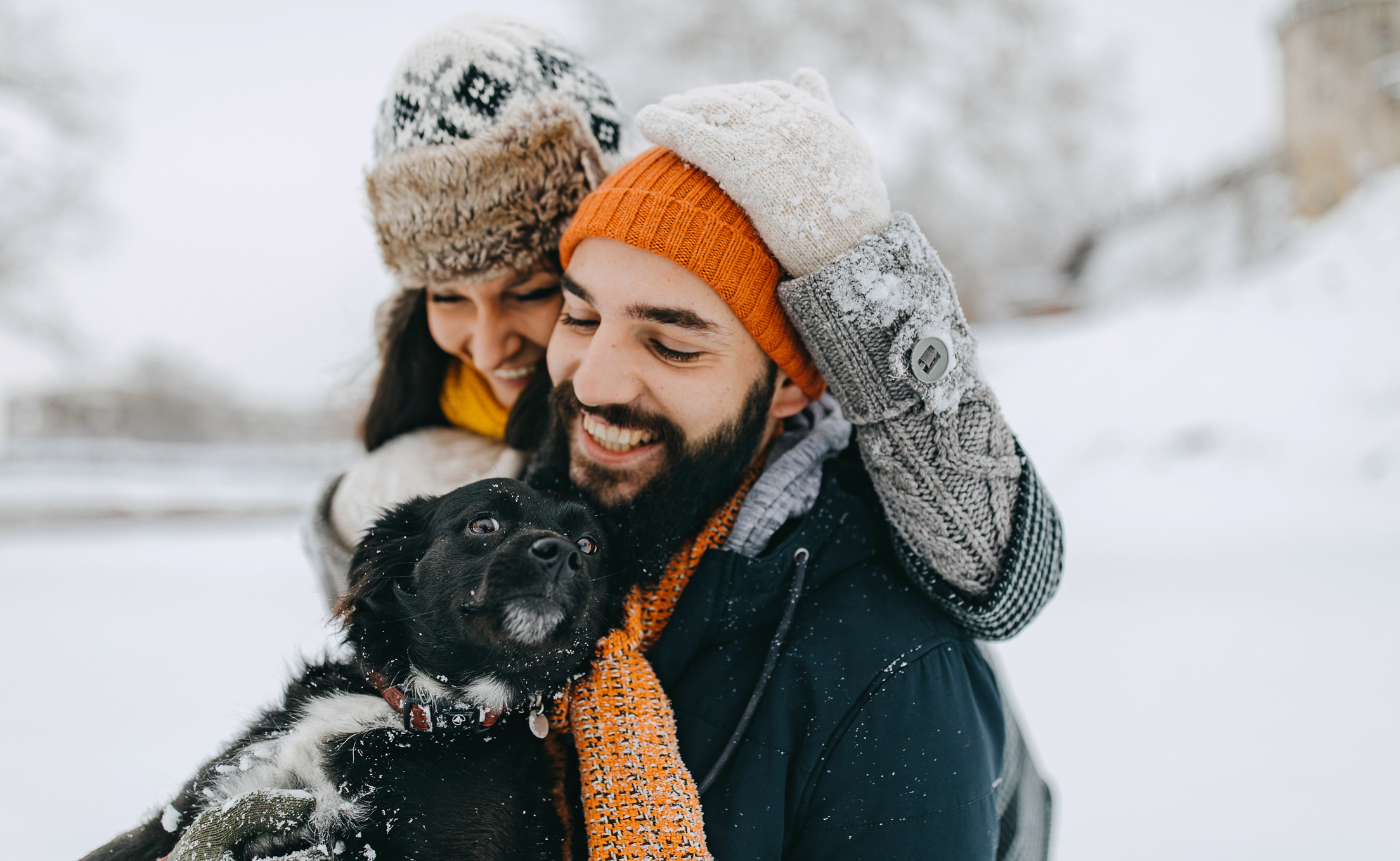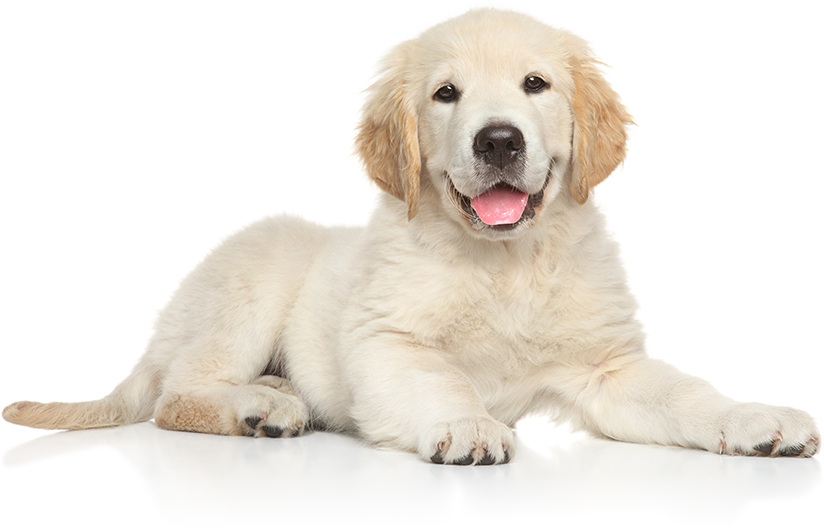
Jan 15, 2025 | By, For Pet's Sake
Protect your pets: 10 winter safety tips
As the new year begins, winter continues its icy reign with cold weather, fierce winds, grey skies, snow, hail, and rain. The shorter days bring a mix of solitude and coziness, resulting in more time spent indoors for humans and their furry companions. Wintertime can also disrupt daily routines and pose certain weather safety risks for pets.
Keep the tail wags and purrs without the brrrs—here are 10 essential winter safety tips to make sure your pets are warm, healthy, and happy all season long!
- Stay active: Piles of snow outside your door may not be inviting to your pet (except winter-loving huskies); however, it is important to keep your pet physically fit instead of hibernating through the cold weather completely. Burn those winter calories with indoor activities like nose work games, agility courses, learning new commands, or the waves of red laser pointers for the pets that love to chase.
- Continue regular check-ups: Pets can also catch colds and suffer from seasonal allergies, making it a priority to keep your pet’s veterinarian visits up to date. If you notice your pet is experiencing unusual symptoms or behaviors, visit the vet immediately.
- Bundle up: Like humans, a few layers help animals stay warm in the winter. Raincoats, sweaters, and blankets, both outdoors and indoors, are the best ways to keep pets cozy and comfortable during colder temperatures.
- Protect the paws: Cold surfaces can be uncomfortable for your pet, especially when icy or below freezing. Cover your pet’s paws with footsies or pet shoes when taking walks outdoors to prevent freeze burns.
- Be mindful of indoor temperatures: Whether you prefer to turn up the heater or brace the cold without it, the indoor temperature of your home should be warm and dry enough for your pet to lounge comfortably. This includes keeping windows closed to prevent drafts and excess moisture from entering your home.
- Provide an outdoor shelter: For pets that enjoy the outdoors year-round, make sure they have a space that protects them from extreme temperatures. Dog houses, sheds, and shaded areas are a few barriers that protect your pet against cold winds and precipitation.
- Groom appropriately: Do not trim your pet’s coat too short, as their fur protects against extreme temperatures, especially in the winter. Consult with your groomer if you are unsure what length is best for your pet.
- Leash pets during snowstorms: Did you know animals can lose their sense of smell during snowstorms? Smell loss can result in them running off, getting lost, or becoming disoriented, which is why it is vital to keep them leashed at all times when outdoors during blizzards and storms.
- Avoid excessive bathing: Too many baths can strip the natural oils from your pet’s skin. It is okay to maintain their normal bathing routine; however, make sure to use high-quality shampoos, conditioners, and products that moisturize the skin to prevent flakiness, redness, and breakouts.
- Check under car hoods: Lastly, while dogs usually prefer the indoors during the cold season, cats still roam freely, taking shelter under parked cars and in other secluded areas. Remember to check under your car’s hood for any resting cats or other critters, as well as your surroundings, before operating a moving vehicle.
Have a question about pet health? Want to become the best possible pet parent? Find helpful tips, reminders, and insight to giving your furry friend the best possible care with For Pet’s Sake! Learn more at drdevonsmith.com.

